
Online survey now available on Diocese of Scranton website at: https://www.surveymonkey.com/r/Y3FRDX6
La encuesta en línea ahora está disponible en el sitio web de la Diócesis de Scranton en: https://www.surveymonkey.com/r/NRB7GJY
SCRANTON – Do you believe the Diocese of Scranton listens to its parishioners? Are you challenged to use your gifts and talents to better the life of your parish and the whole Church? Do you believe the Church is transparent and accountable in its decision-making processes?
The Diocese of Scranton invites everyone to answer these three questions and more as part of the local listening phase of the 2023 Synod of Bishops, which is now underway.
The word “synod” is an ancient Greek word. While unfamiliar to many, a synod is a journey of discernment, in which the people of God are called to pray and reflect upon the Holy Spirit’s will for the Church.
Pope Francis has asked every diocese in the world to develop a process to listen to the faithful of parishes, religious orders and Catholic movements and prayerfully consider the ways in which they currently experience the church as “synodal,” that is, as a community that walks together and to suggest ways to strengthen that in practice.
“What the Holy Father has challenged us to do is to create a mechanism where that listening posture can make its way through every aspect of our diocese,” Father Jeffrey D. Tudgay, J.C.L., pastor, Saint Eulalia Parish, said. “Based on what we hear, based on what we observe, based on what we discern, it will really determine the vision and future of the Church.”
Father Tudgay and Jennifer Housel, Director for Community and Family Development in the Office for Parish Life, have been selected by Bishop Joseph C. Bambera to lead a local Diocesan Synod team, which is coordinating this process.
“The Diocese of Scranton will be taking a three-pronged approach,” Housel explained.
First, there will be an online survey for anyone in the 11 counties of the Diocese of Scranton to participate. The online survey went live on Nov. 14 and is currently available on the main page of the Diocese of Scranton’s website in both English and Spanish.
“People are invited to share their hopes, their dreams, their concerns and their struggles in reference to how our church is achieving its mission in journeying together,” Housel said.
The ten questions of the online survey are also printed on Page 3 of this edition of The Catholic Light. Anyone without internet access is invited to call the Diocese of Scranton’s Synod Voicemail line at (570) 591-5024 and leave their responses to the questions. Both English and Spanish speaking parishioners may leave a message on the Synod Voicemail.
Both the online survey and phone line are completely anonymous. Individuals do not have to provide their name or any identifying information other than some basic demographic questions.
The second part of the local listening phase will be parish and community group gatherings.
“We’re really encouraging parish communities to have in-person gatherings between now and the end of March 2022,” Housel said. “We really want to hear what everyone has to say, recognizing that some of what we hear will be painful and that is necessary and an important part of this process.”
The third part of the Diocese of Scranton’s plan involves Bishop Bambera convening a Pre-Synodal meeting in the spring, to further address the information that has been gathered and solicit feedback from parish and community representatives.
During the local listening phase, Pope Francis has encouraged dioceses around the world to pay particular attention to people “on the margins” of society and gather their input as well.
“Pope Francis brings an incredible sense of self-awareness,” Father Tudgay said. “He’s not obtuse to people who are in pain, people who are struggling, people who have been hurt by the Church.”
After listening to all people locally, the Diocese of Scranton, and all other dioceses in the United States will submit a summary of local discussions to the U.S. Conference of Catholic Bishops, which will then synthesize all of the responses into a final written presentation for the Vatican.
The Diocese of Scranton’s online survey and many more resources, including Frequently Asked Questions, can be found on the Diocese of Scranton’s website at dioceseofscranton.org.

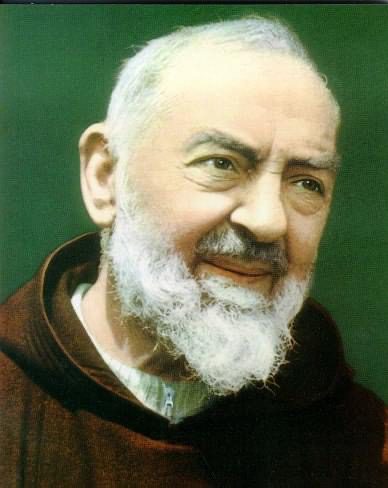
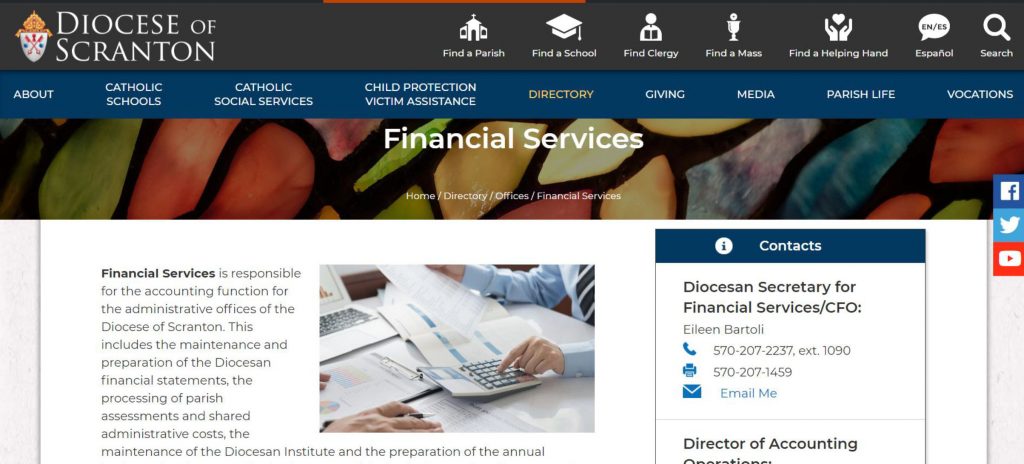

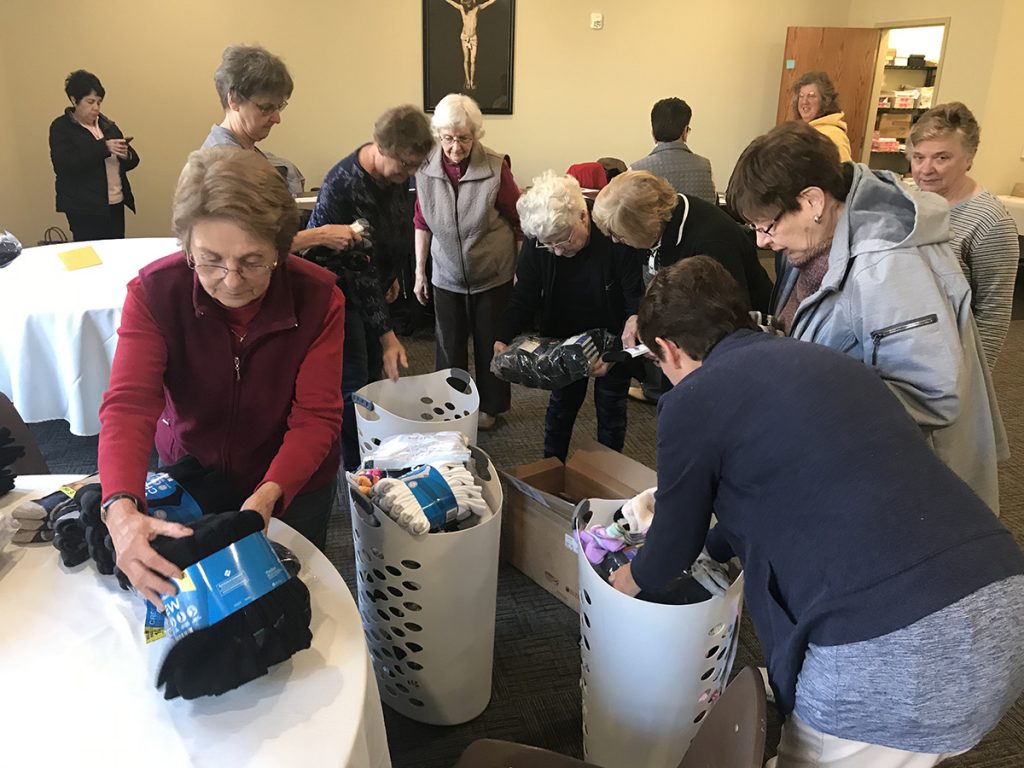
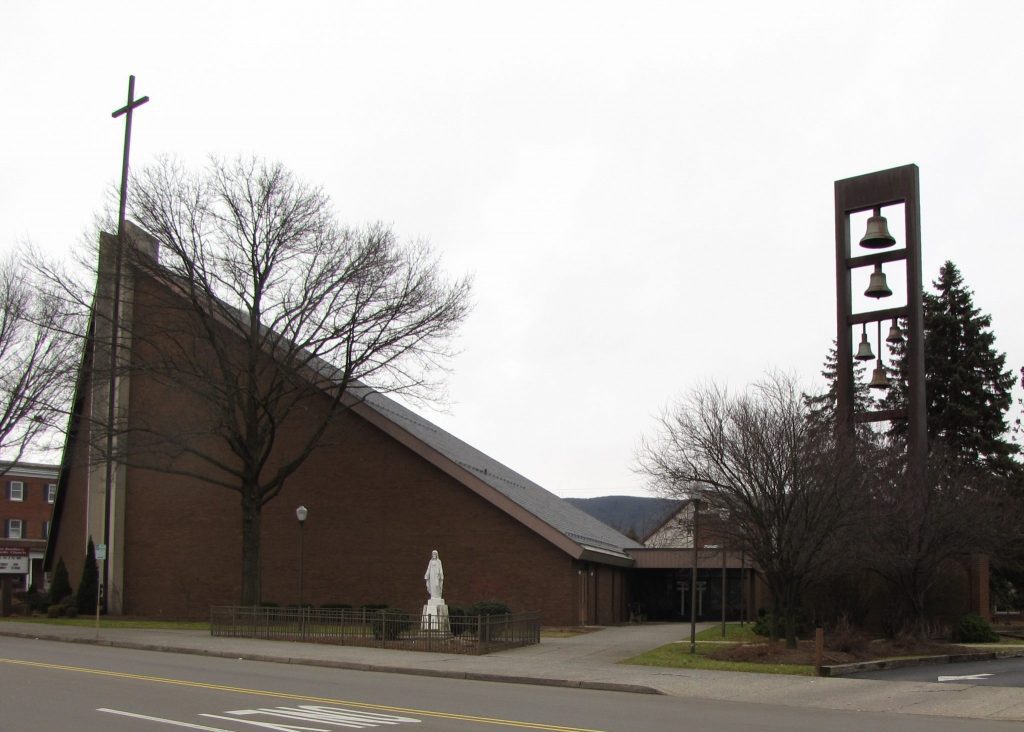
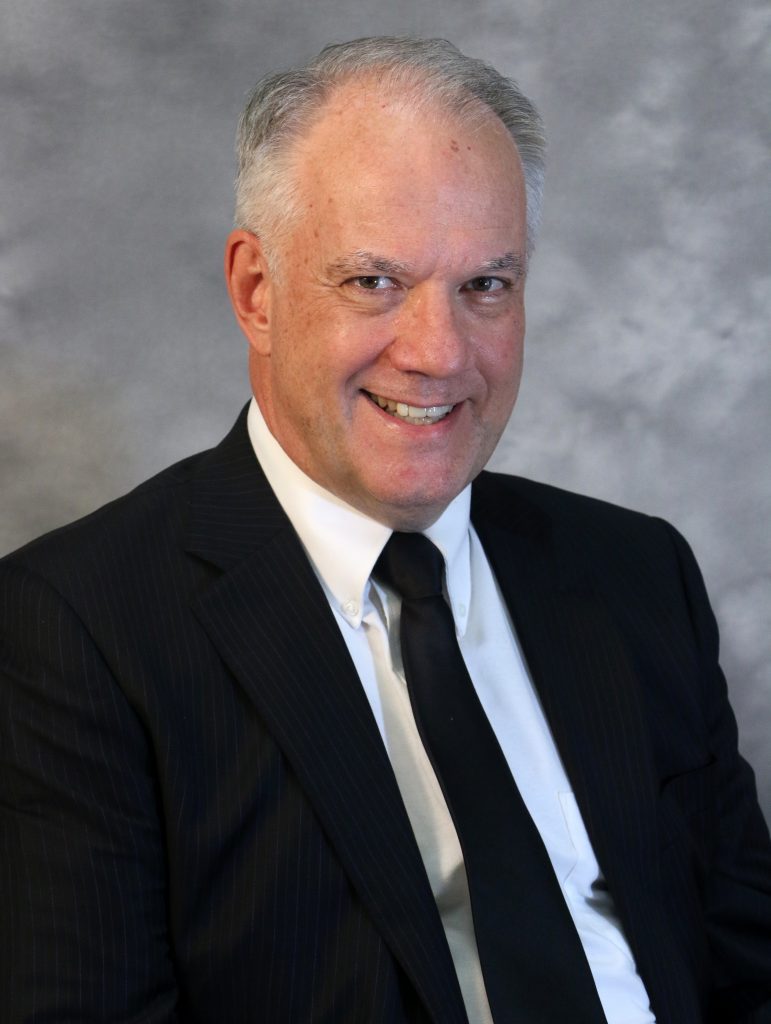
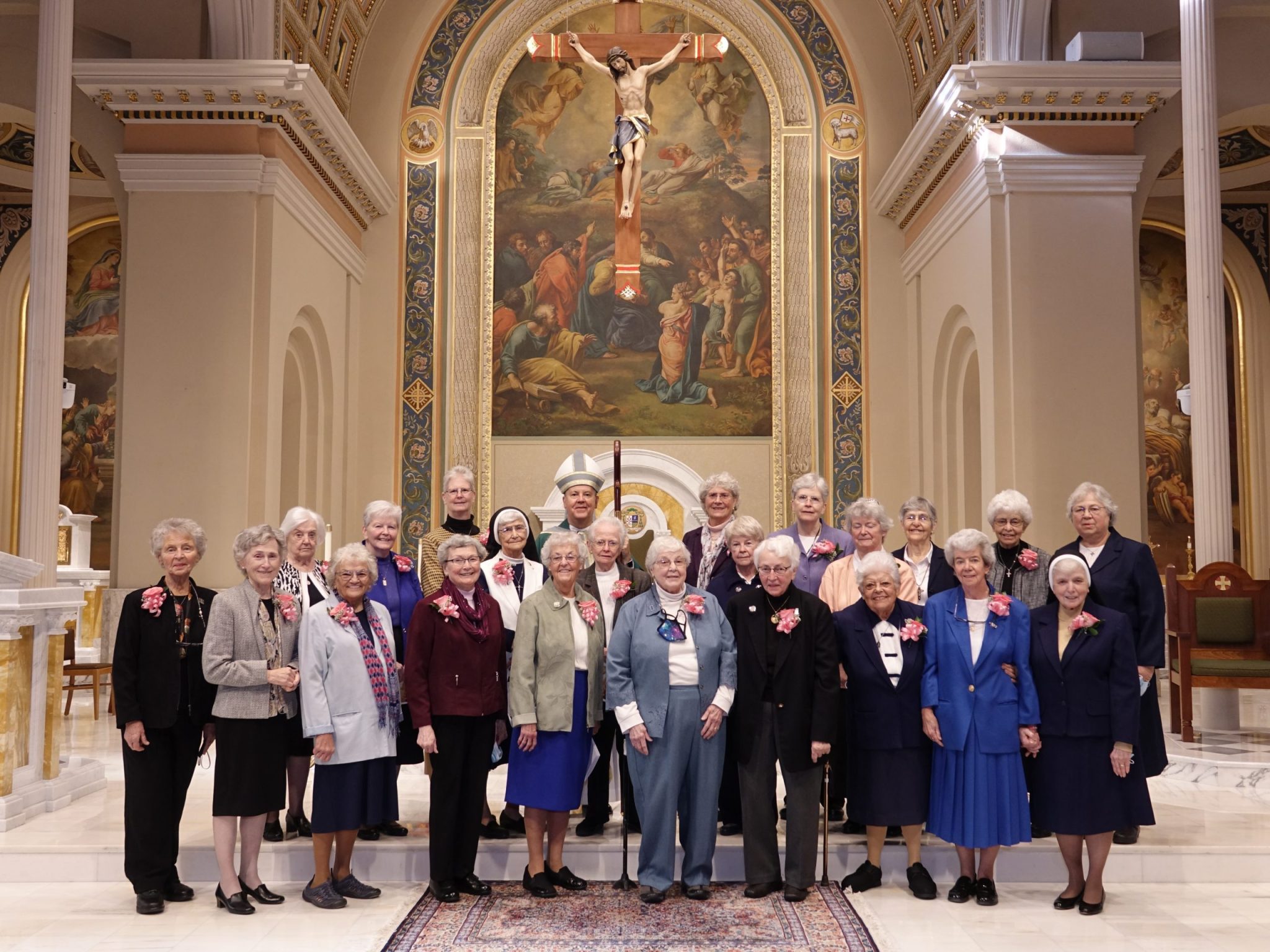
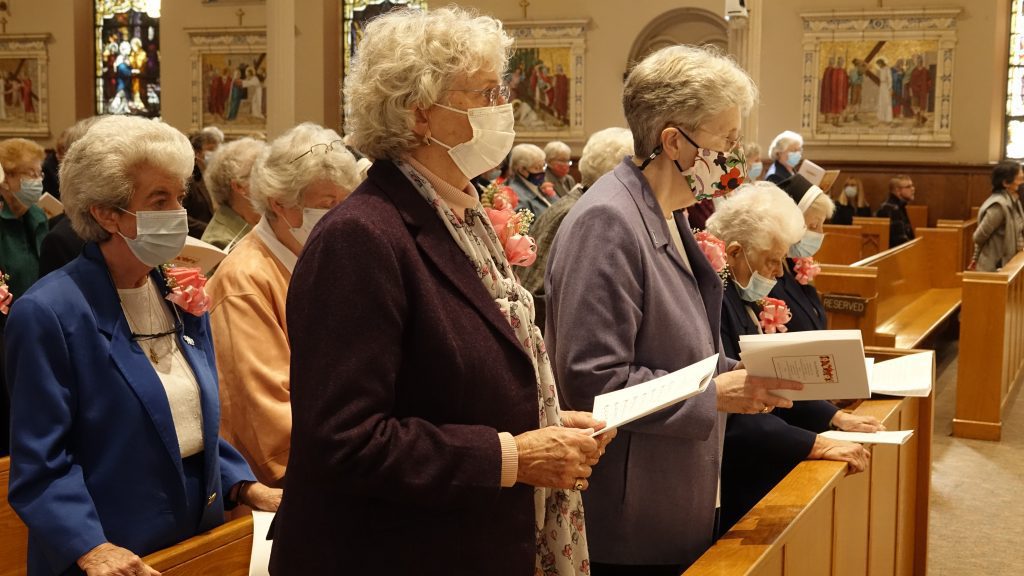
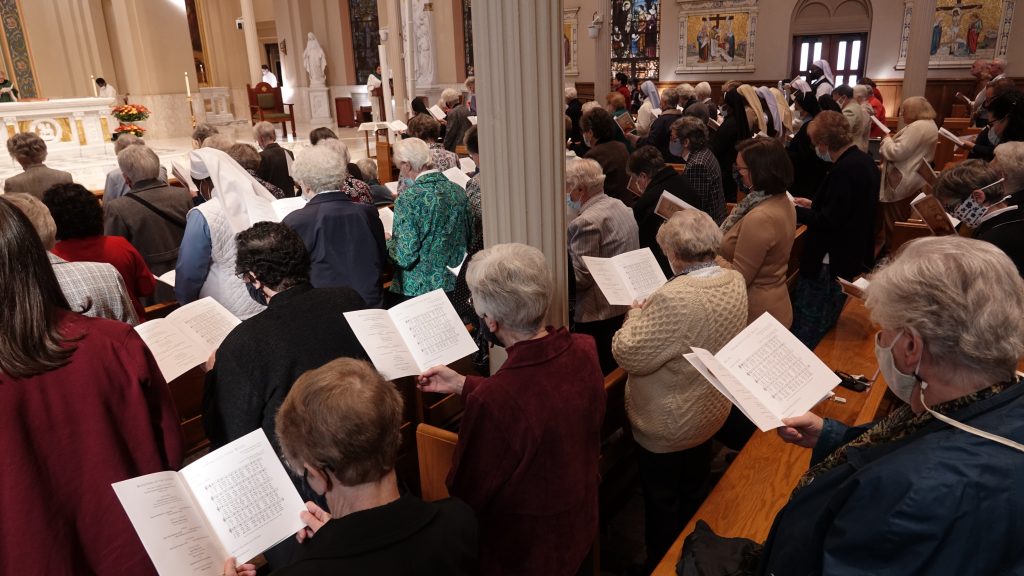
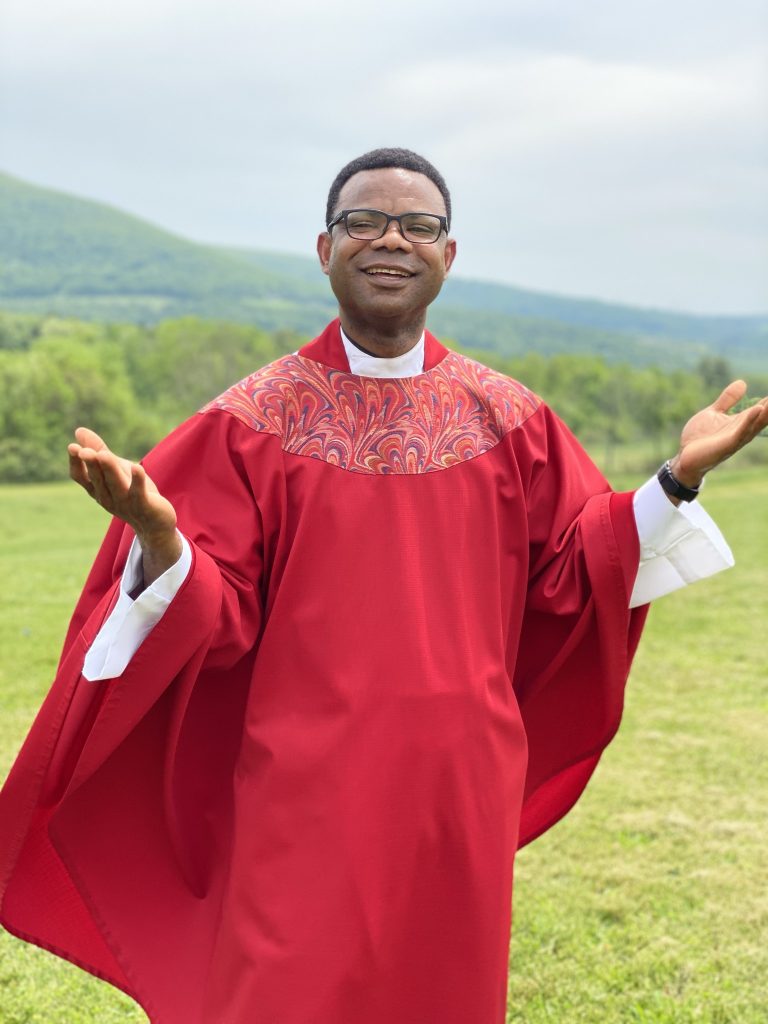
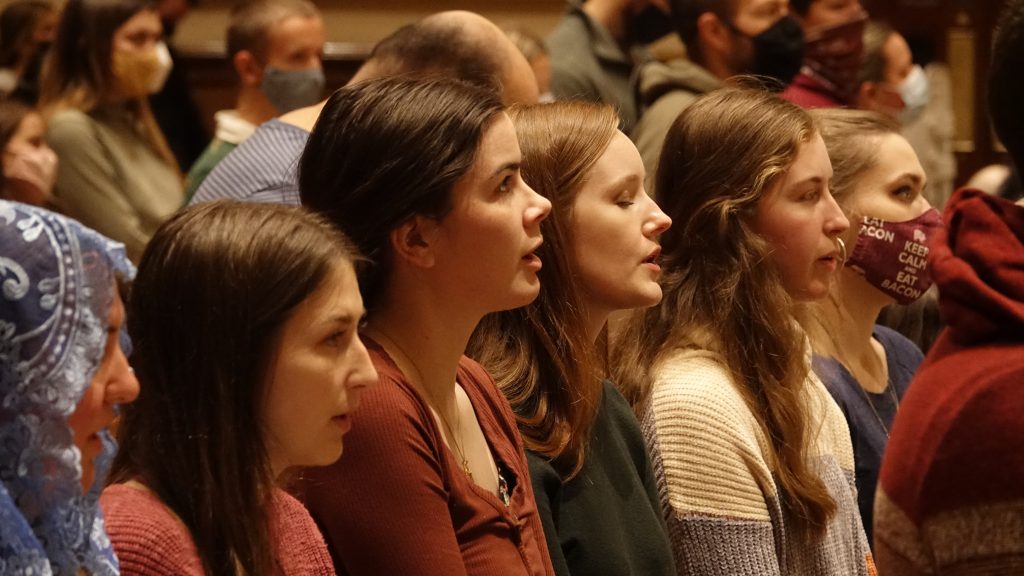
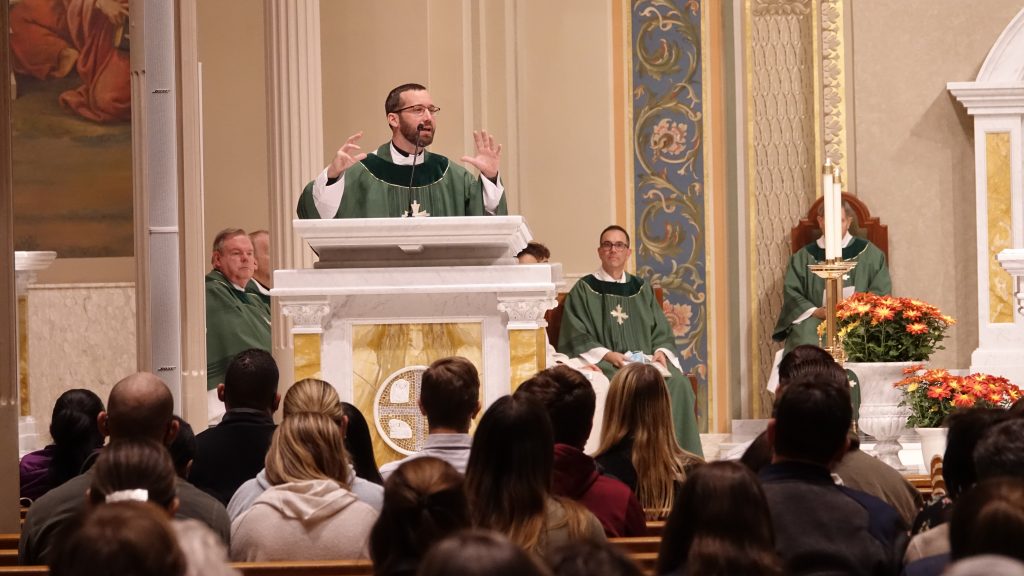 Mark Mass on Nov. 7, 2021, at the Cathedral of Saint Peter in Scranton. Father Alex Roche, Diocesan Director of Vocations and Seminarians, served as homilist.
Mark Mass on Nov. 7, 2021, at the Cathedral of Saint Peter in Scranton. Father Alex Roche, Diocesan Director of Vocations and Seminarians, served as homilist.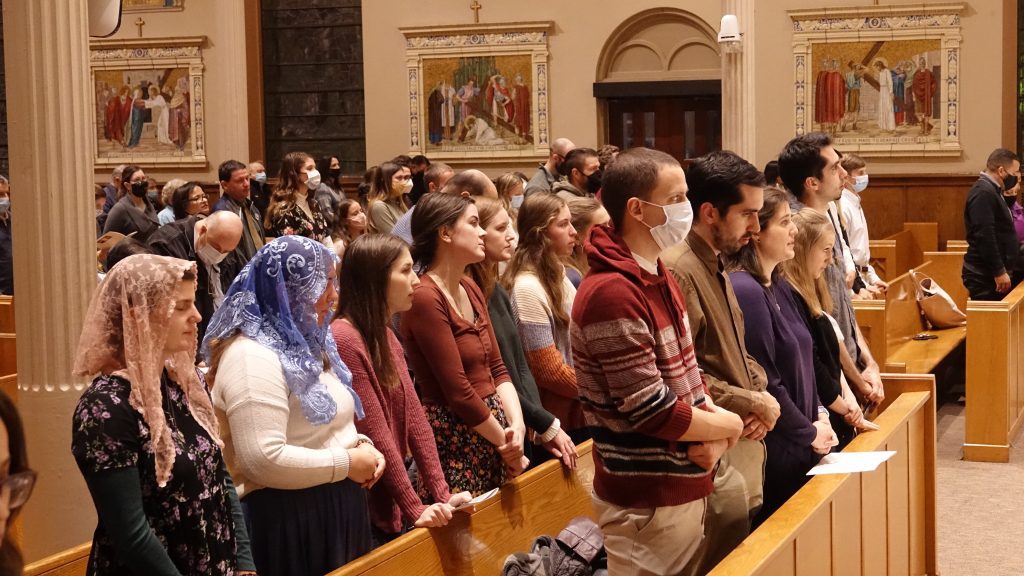 The Leave a Mark Mass helped to kick off National Vocation Awareness Week in the Diocese of Scranton. Young adults from around the diocese attended the event.
The Leave a Mark Mass helped to kick off National Vocation Awareness Week in the Diocese of Scranton. Young adults from around the diocese attended the event.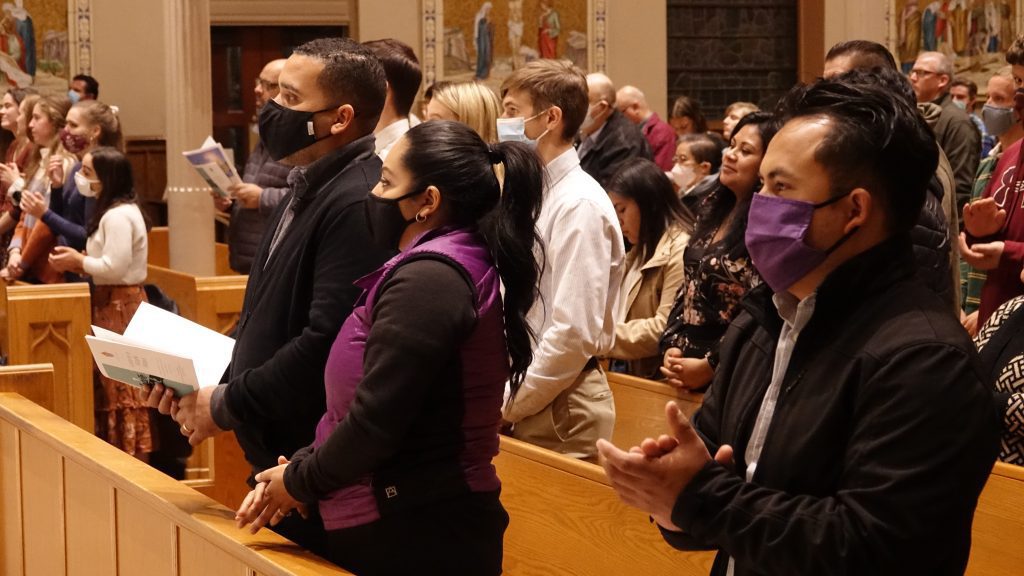 firmly, even more fervently, in what our God has promised us,” he said. “That is the time to lean in, that is the time to invest more.”
firmly, even more fervently, in what our God has promised us,” he said. “That is the time to lean in, that is the time to invest more.”